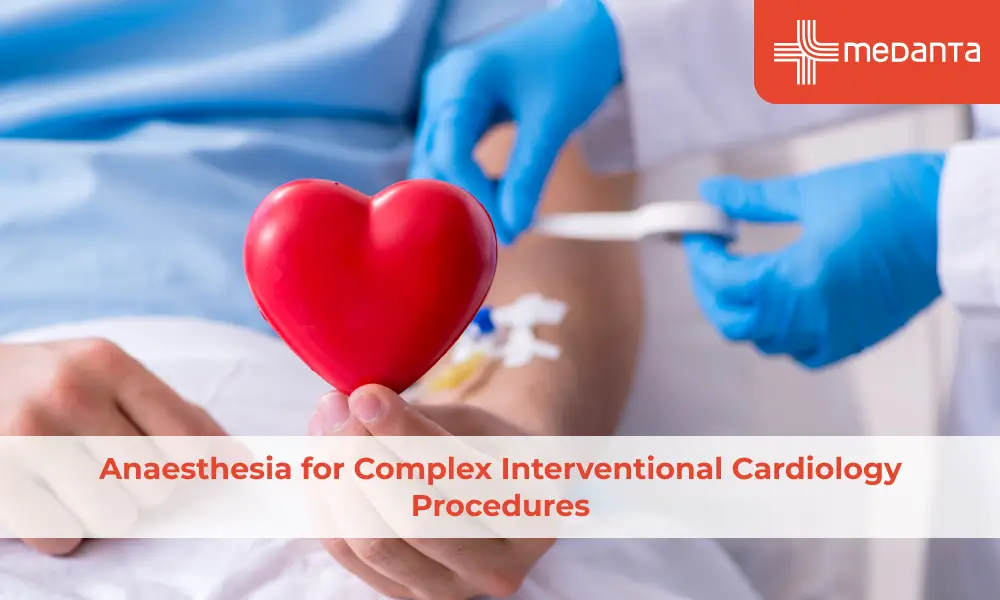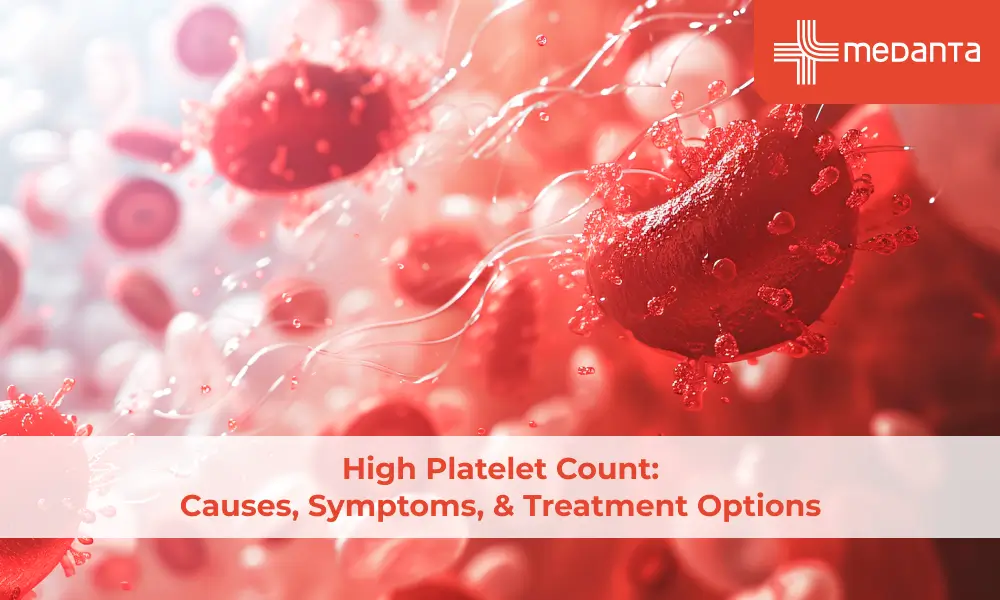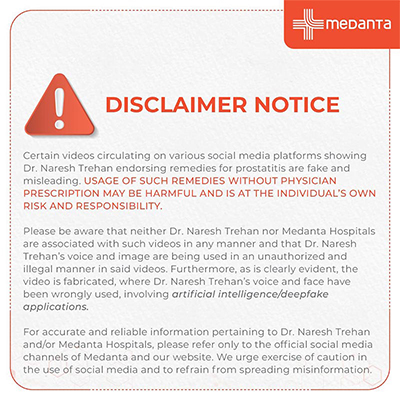Debunking Common Myths About Minimally Invasive Heart Surgery
TABLE OF CONTENTS
Minimally Invasive Heart Surgery (MICS) surgery lets doctors perform complex heart procedures through tiny 2-4 inch cuts instead of splitting the breastbone like traditional open-heart surgery. This gentle approach reduces trauma to the patient's body by a lot while delivering the same results. Doctors can use these methods for heart procedures of all types, including mitral valve repair, coronary artery bypass grafting (CABG), aortic valve replacement, Hole in the Heart (ASD) and some tumor in the Heart.
MICS cardiac surgery has proven benefits, but myths and outdated beliefs still surround it. The real results paint a different picture. Patients who get MICS heart surgery usually spend just 3-7 days in the hospital and get back to their normal lives within 2-4 weeks. They also feel less pain after surgery, lose minimal blood, and face lower risks of problems like wound infections, stroke, and breathing issues.
This article tackles common myths about what MICS can do, who can get it, how long recovery takes, and what it costs. Readers will also learn about the facts behind the fiction and see if this 20-year-old surgical method might work for you or someone you care about.
Patients who think about heart surgery often ask about the effectiveness of minimally invasive cardiac surgery (MICS) and the surgeon's experience with this procedure. Let's discuss some questions that pop up when patients talk to their doctors about this option.
Myth: It is less effective than open surgery.
People often believe that MICS gives poorer results than traditional open-heart surgery. The truth is that minimally invasive approaches work just as well for the right patients. MICS achieves identical surgical goals through smaller cuts.
Clinical evidence strongly backs up MICS effectiveness:
Properly selected patients show the same long-term survival rates as conventional open procedures
Surgeons achieve the same precision in valve repair, replacement, or bypass operations
Modern surgical tools make up for the smaller operating field and let surgeons perform detailed procedures
Patient selection is vital, notwithstanding that. Traditional approaches work better for some complex cases, especially when multiple procedures are involved, or the patient has unusual anatomy.
Myth: The patient will remain awake during the procedure
Patients sometimes mix up minimally invasive surgery with simpler procedures like catheterisation. Here's what you need to know:
MICS heart procedures need general anaesthesia—you'll be completely unconscious
Your heart gets standard cardiac monitoring, with heart-lung bypass in most cases
The surgical method differs from each type, not the anaesthesia type
The surgical team's anaesthesiologist watches your vital signs throughout the operation. Your comfort and safety stay top priority, whatever the surgery type - small incisions or full sternotomy.
The term "minimally invasive" points to less chest tissue damage, not reduced anaesthesia or surgical thoroughness. So, patients get the same careful monitoring as traditional open-heart procedures, plus the bonus of less tissue disruption during surgery.
Myth: It must be only for young people.
People commonly believe that MICS procedures work only for younger patients. The original approach favoured younger populations, but the digital world has changed dramatically since then. MICS now suits patients of all ages who meet certain health criteria.
Research shows that more elderly patients now get referrals for mitral valve surgery. Experience with minimally invasive techniques has made surgery available to high-risk patients, including older adults. This matters because:
MICS suits young and middle-aged patients well, and older patients with good health can undergo these procedures, too
Elderly patients benefit from MICS's reduced surgical trauma - which decreases perioperative morbidity
Mitral valve repair and replacement work well for elderly patients with mitral valve disease
A patient's overall health status and specific cardiac condition matter more than age.
Myth: It's experimental or not widely available.
People often think MICS is an experimental technique with limited availability. Compared to this belief, MICS CABG is a 20-year-old operation that happens routinely in renowned heart surgery centres worldwide.
MICS remains uncommon and happens mainly in specialist centres. Yet surgeons use this technique routinely with excellent short-term and long-term results. This seeming lack comes from:
Myths that spread from poorly informed doctors about MICS CABG operations
Limited knowledge about centres that offer these specialised procedures
Surgeons need specific training and experience in these techniques
MICS is a well-established approach that requires specialised expertise. Qualified patients can find these procedures at cardiac centres of excellence nationwide, though not every hospital offers them.
MICS heart surgery gives patients a better choice than traditional open-heart procedures. Many people don't think about MICS because they have wrong ideas about how it works, who can get it, recovery time, and costs. However, MICS gives the same results as traditional surgery with much less physical trauma.
Studies show MICS works great for patients of all ages, not just young ones. Older patients see amazing benefits because it's less taxing on their bodies. These procedures aren't new experiments anymore - they've been around at heart centres worldwide for years.
Most patients have an easier time recovering after MICS. They stay in the hospital for just 4-5 days instead of 6 days with traditional surgery. The pain stays lower, and patients get back to their daily routine within 2-4 weeks - way faster than regular surgery.
The most important step is talking to heart specialists about your options. Your best choice depends on your health, body structure, and what you need from the surgery. Getting a second opinion from surgeons who know both traditional and MICS techniques helps make the right decision.
MICS heart surgery might not be perfect for everyone. However, this time-tested approach deserves a closer look because it has proven results, causes less trauma, and helps patients bounce back faster.
Is minimally invasive heart surgery as effective as traditional open-heart surgery?
Yes, minimally invasive cardiac surgery (MICS) is equally effective for suitable candidates. It achieves the same surgical goals as traditional open-heart surgery but through smaller incisions, resulting in less trauma to the body and faster recovery times.
How long does recovery typically take after minimally invasive heart surgery?
Most patients who undergo MICS spend about 4-5 days in the hospital and can return to normal activities within 2-4 weeks. This is significantly shorter than the recovery time for traditional open-heart surgery.
Are there age restrictions for minimally invasive heart surgery?
No, MICS is suitable for patients across various age groups, including elderly patients, provided they meet certain health criteria. The key factor is the patient's overall health status and specific cardiac condition rather than age itself.
Is minimally invasive heart surgery more expensive than traditional surgery?
While costs can vary, MICS procedures are often comparable to traditional surgeries when considering the total treatment journey, including shorter hospital stays and faster recovery times. Most health insurance policies cover MICS when medically necessary.
What are the main risks associated with minimally invasive heart surgery?
As with all cardiac surgeries, MICS carries some risks. These include bleeding (though typically less than in open surgery), infection (lower risk due to smaller incisions), irregular heartbeats, and stroke. However, the overall risk profile is often lower than traditional open-heart surgery.






